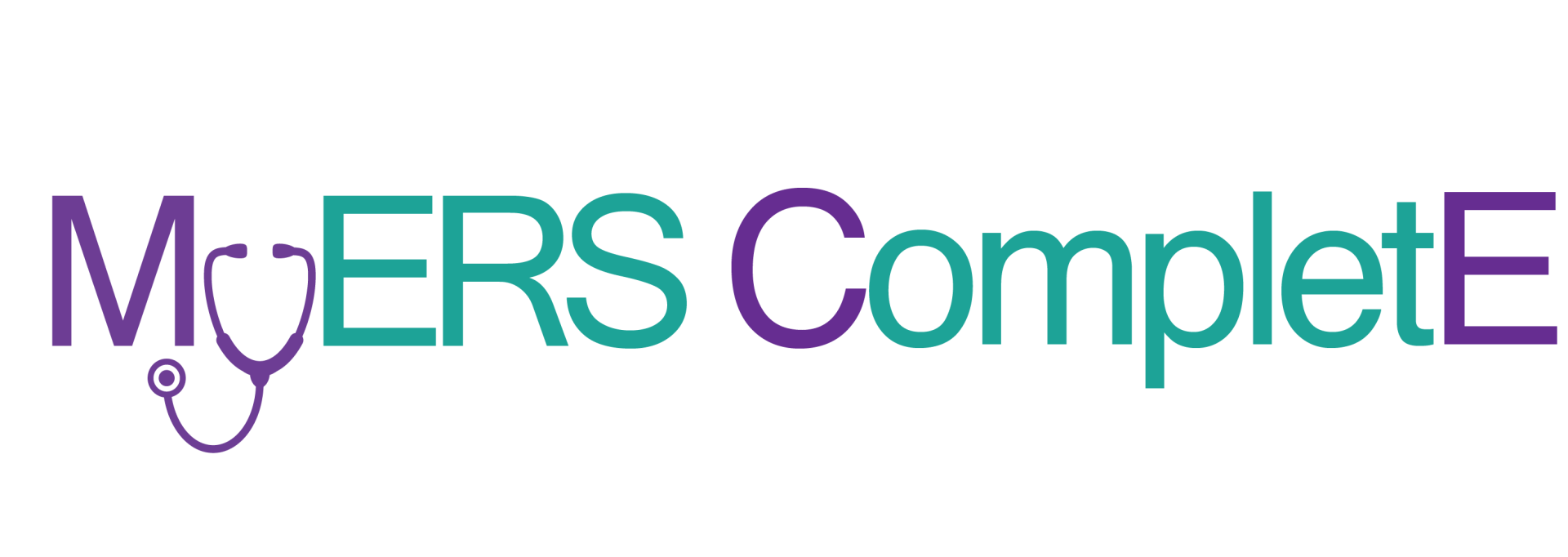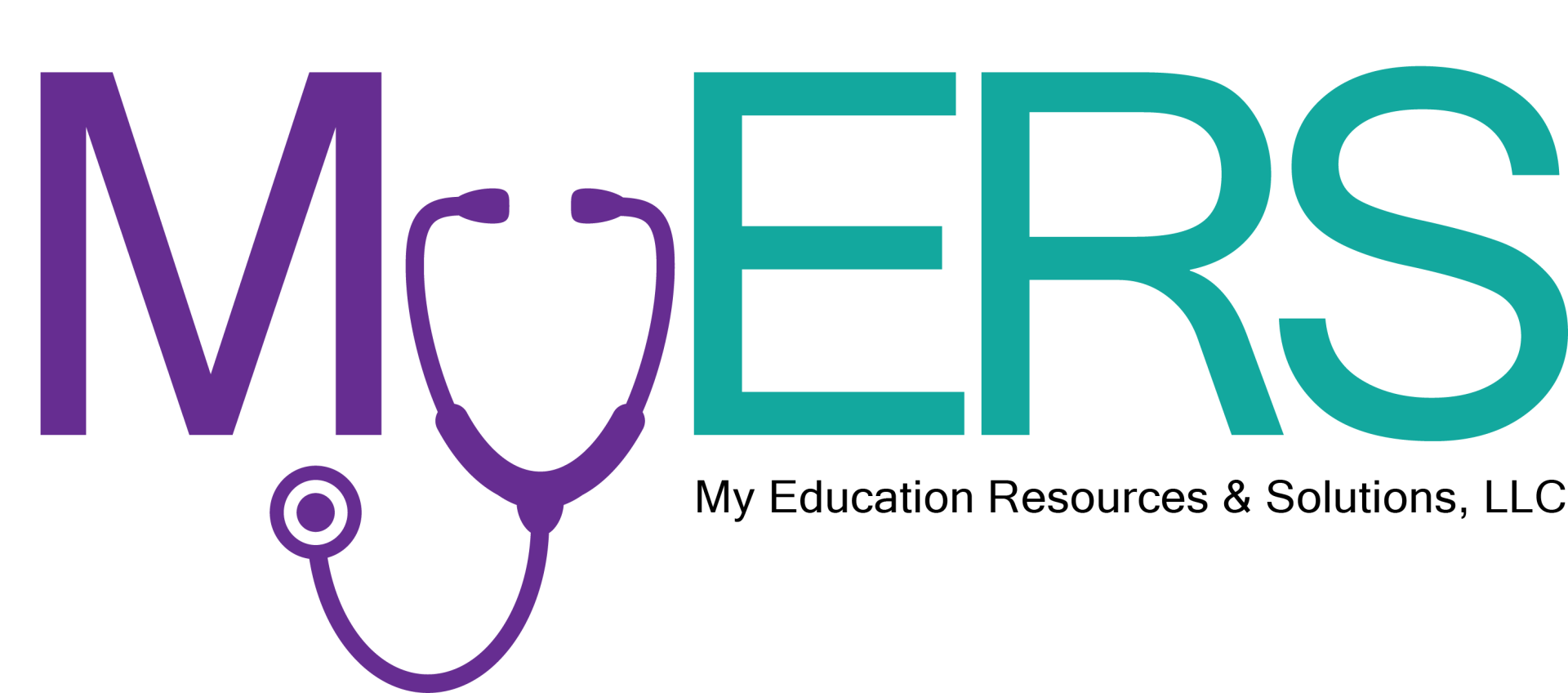Shift-Chaos to Shift-Bliss: AI Tools Ending Overtime Forever
Nov 3

Shift-Chaos to Shift-Bliss
AI Tools Ending Overtime Forever
It's 6:45 a.m. on a Monday in November 2025. Your phone buzzes with the schedule you requested - no last-minute texts begging you to cover ICU because census spiked overnight. You walk onto a unit staffed exactly to the acuity you see on the board, and for the first time in months you finish your 12-hour shift without mandatory overtime.
Sound like science fiction? It's not. It's AI-powered predictive staffing, and it's live in hundreds of U.S. hospitals right now.
Sound like science fiction? It's not. It's AI-powered predictive staffing, and it's live in hundreds of U.S. hospitals right now.
Why This Matters in 2025
We're living inside the McKinsey warning that hit headlines three years ago: a 200,000–450,000 RN gap that HRSA data now confirms is real. Demand grew 3% while supply crawled 1%. Flu season, RSV surges, and post-COVID chronic-care waves slam ERs and med-surg floors with zero warning.
Manual spreadsheets can't keep up, so we end up triple-booked or floating blind. Predictive engines change the game by forecasting census, acuity (patient complexity), and even no-shows seven days out - using your own hospital's EHR data, weather patterns, and local event calendars.
The Proof Is in the Paystubs
These aren't cherry-picked pilots. Real hospitals are seeing real results:
Pacific Northwest Health System (12 hospitals): AI scheduling cut overtime 32% and lifted staff-satisfaction scores 27% in six months.
Tower Health's Reading Hospital: $1 million saved annually, turnover down, and nurses finally sleeping.
ShiftMed partners: 20–30% demand swings tamed, agency spend slashed, burnout alerts triggered before anyone hits the red zone.
KLAS 2025 crowned AMN's Smart Square "Best in Scheduling" for the third year because it blends hard census math with soft human preferences - weekend clusters, kid pick-up times, certs, and seniority - all in one click.
Pacific Northwest Health System (12 hospitals): AI scheduling cut overtime 32% and lifted staff-satisfaction scores 27% in six months.
Tower Health's Reading Hospital: $1 million saved annually, turnover down, and nurses finally sleeping.
ShiftMed partners: 20–30% demand swings tamed, agency spend slashed, burnout alerts triggered before anyone hits the red zone.
KLAS 2025 crowned AMN's Smart Square "Best in Scheduling" for the third year because it blends hard census math with soft human preferences - weekend clusters, kid pick-up times, certs, and seniority - all in one click.
What It Means for You - Whether You're at the Bedside, in the Corner Office, or Lecturing Tomorrow's Nurses
Bedside RNs: You become co-pilots, not pawns. Platforms like OnShift, NurseGrid, and Smart Square let you review and adjust AI drafts in 30 seconds. One med-surg nurse in Illinois told me, "I logged 'no nights before clinicals' once; the algorithm never forgot."
Nurse Leaders: You trade fire-drill huddles for 90-minute strategy sessions. Heat-map dashboards flag "yellow" zones 72 hours early so you float internally before calling travelers at triple pay.
Educators: Teach students to read an AI acuity score the same way they read a cardiac rhythm. Simulation labs now end with "audit this algorithm" debriefs - because tomorrow's grads will debug bots, not just IV pumps.
What Could Go Wrong?
Let's be honest: nurses have earned the right to be skeptical of any tech sold as a cure-all. Valid concerns exist - algorithmic bias that might shortchange certain units, over-reliance on predictions during true chaos like mass-casualty events, and questions about how your preference data gets stored and used.
That's why the best systems keep you in the driver's seat with veto power. You're not being replaced by a black box; you're being given a forecasting tool that learns from your expertise. The algorithm suggests. You decide.
Your 5-Minute Action Plan
-
Pull last month's census and overtime report from your unit.
-
Ask your scheduling team which predictive platforms they're already evaluating - or if they've heard of tools like ShiftMed, OnShift, or Smart Square.
-
Propose running one unit as a pilot for one week. Invite three peers to review the drafts and vote on accuracy.
-
Measure what matters: overtime hours, patient falls, staff satisfaction, and how many "thank-you" texts you get.
-
Bring the numbers to your next shared-governance meeting with three questions:
- Whose preferences are still missing from the system?- Which metric moves the CNO?- Who owns the first pilot?
Reflection Prompt
Think back to the last shift you left in tears - short three nurses, drowning in guilt. Now ask yourself: What's the smallest experiment I can run this week to make that shift impossible next month?
AI won't fix every broken system overnight. But if it can give you back one predictable weekend a month, it's worth exploring. Let's find out.
Contact
-
My Education Resources and Solutions, LLC
-
PO Box 39566
Greensboro, NC 27438 -
hello@myerscomplete.com
-
(336) 988-7076
Become a member
Your gateway to advanced, cloud-based CE solutions.

